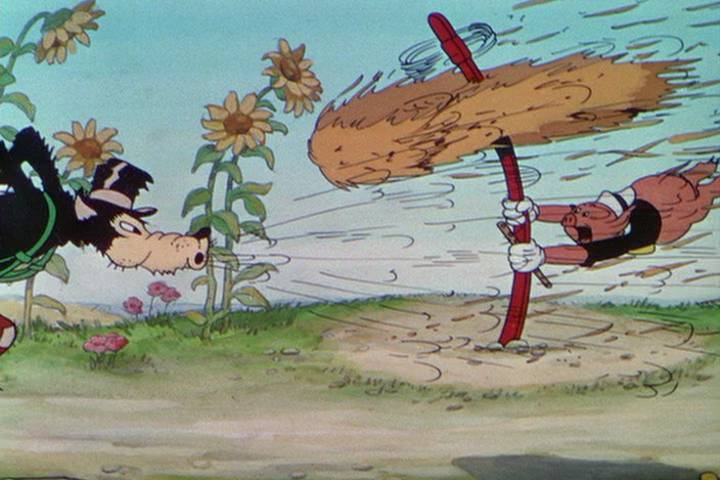A couple of days ago I showed off my students’ pictures of Caulobacter—the odd Bacterium that grows on a stalk; how that stalk is attached to a surface by a wonderful adhesive, which happens to be the strongest known natural glue. I remember when this finding was first publicized, I wondered—how do you measure how hard a single cell grabs on to its substrate? And, what sort of substance could a cell make to do this?
Alas, we still don’t know how to make Caulobacter glue. It seems to be made of some of the same material as the cell wall—a type of modified sugar polymer. Evidence of this is provided by the observation that a substance that weakens cell walls also weakens the Caulobacter glue. However, the glue is like a high-tech composite material: a lot of the sugar polymer doped with trace amounts of other chemicals to give it remarkable properties. We’re a long way from knowing all the ingredients, so don’t go looking for Caulobacter-brand glue anytime soon.
On the other hand, measuring the grip of a single cell is relatively straightforward. Essentially, all you need is a really small pair of tweezers and a leetle, tiny scale. The problem is getting fine enough tweezers to grab a single cell and a well-calibrated scale that can measure tenths of microNewtons—way less than a milligram.
People had tried this before. One old-school way is like the big bad wolf’s way of testing how well the little piggies’ houses were attached to their foundations: basically, put bacterial cells into a flow chamber, and see how fast a flow of water—and how much force—was required to blow them off their attachments.
 While this works for other bacteria, it simply didn’t provide enough force for blowing away Caulobacter. Furthermore, it only works on large populations. You can’t examine single cells this way.
While this works for other bacteria, it simply didn’t provide enough force for blowing away Caulobacter. Furthermore, it only works on large populations. You can’t examine single cells this way.
A high-tech approach for measuring bacterial grip uses “optical tweezers,” which are essentially opposing laser beams. At the scale of bacterial cells, coherent light has substantial momentum, so a bacterial cell pinched between two lasers is experiencing something like a person immobilized by a pair of opposing fire hoses; you can then move the hapless victim around, and precisely measure the forces required (firemen actually have a game based on this principle). This works for moving and measuring the forces on run-of-the-mill Bacteria, but mighty Caulobacter can hold on so tight that optical tweezers won’t budge it.
Enter Peter Tsang and Ben Freund, using some rather crude technology to supply the brute force. They let Caulobacter attach to a thin cantilever of glass. They then seized the body of the Caulobacter cell with a powerful vacuum delivered by a micropipette—most of the cell was actually in the pipette, with just the stalk protruding. When they pulled on the pipette, the stalk stayed attached to the glass—but the glass was bent by the force. Here’s a cartoon version of the set-up:
It’s kind of a far-fetched image, but imagine Caulobacter was a person who had glued his feet to a diving board—Tsang and Freund grabbed on to his head with a giant vacuum cleaner, and pulled up. The harder they pulled, the more the diving board was bent up—and you can precisely measure the force required to move the diving board, which allows you to estimate how strong the glue is. If you know the shoe size of the guy on the diving board, you can say that the glue can withstand so many kilograms of force per square centimeter. This movie shows the microscope’s-eye view of the experiment:
At first, we see the pipette grabbing on to a single Cauobacter cell, one of many on the thin piece of glass. As more and more force is applied, the glass moves further and further, until—TWANG!—something breaks.
From there, it’s a fairly simple matter to figure out the force required; knowing how big the footprint of a Caulobacter cell is allows us to figure out the strength of the glue.
Actually, what we really know is a lower limit for the strength of the glue. When the researchers took a really close look at what happened, they found that every time, the glue didn’t fail—the stem itself snapped. So, the glue is actually stronger than what they calculate. The previous record holder for “best natural adhesive” were the microscopic bristles of gecko feet (themselves a neat story), which can hold about a kilogram per square millimeter. The glue holding my dental crown in place can hold about 3 kilos per square millimeter. The best we know about Caulobacter glue—whatever it’s made of—is that it can hold at least 6.8 kilos per square millimeter.
This investigation was really as much about engineering as biology—the kind of thing that is really just neat, but could have some practical value at some distant date. For Caulobacter, though, it’s just part of living. And, it turns out, there’s more to the story…
Peter Tsang, Guanglai Li, Yves Brun, L. Ben Freund, and Jay X. Tang (2006). Adhesion of Single Bacterial Cells in the Micronewton Range. Proceedings of the National Academy of Science USA 103(15):5764-8.


No comments:
Post a Comment